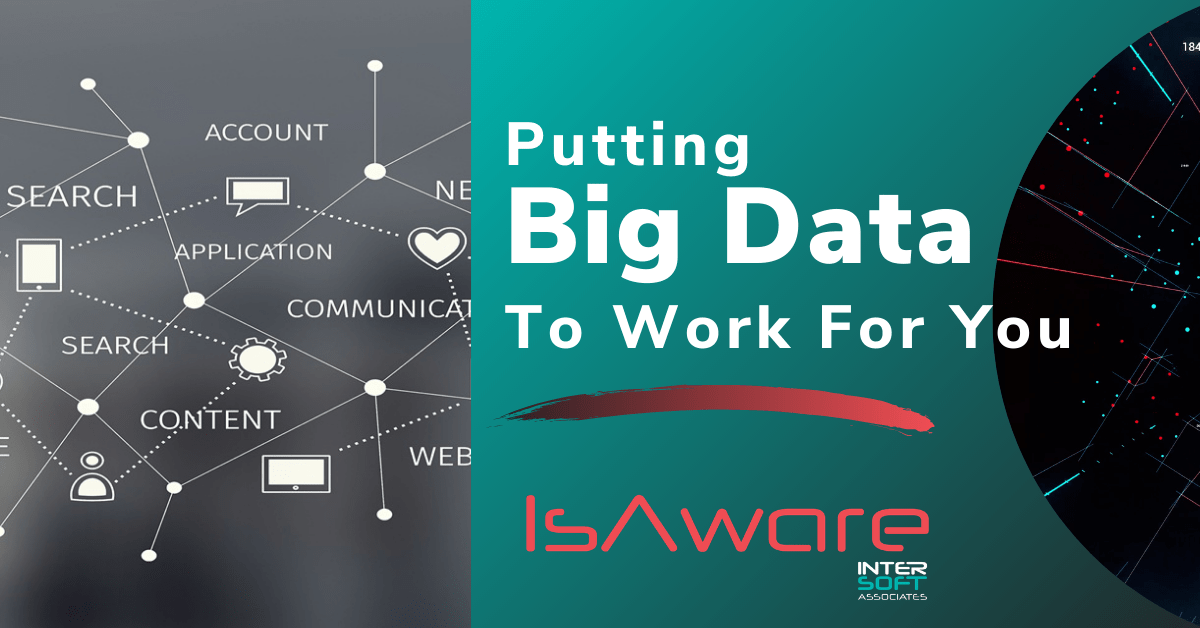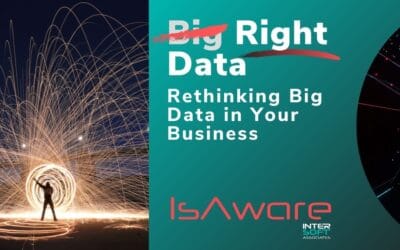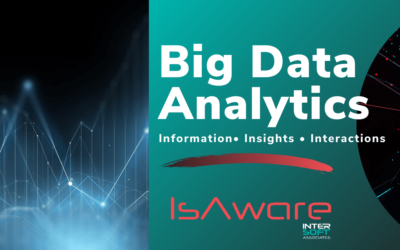In an age where humans practically cohabitate with artificial intelligence, the term ‘Big Data’ continues to gain traction. From its first mention in the 1990s, Big Data Technologies continue to change and revolutionize the business environment for those that can utilize it. Business decisions are moving away from traditional databases and data management, focusing on big data analytics to drive marketing and revenues.
If that sounds confusing, it’s not! Consider this your quick Big Data tutorial, including the types of big data analytics and what exactly are the 7 V’s of Big Data.
What is Big Data Used For?
Big data means real-time, relevant data on trends to manage a business better. In customer service and customer management situations, having volumes of data about customers identifies patterns that enhance the customer experience in every way – helping to retain customers for a longer period.
The best-known examples of this are companies like Amazon, Google, Facebook, and Walmart. Yes, these are mammoth companies, but they’ve grown and thrived because of their abilities to capture and use customer data to decrease expenses and increase revenues.
Don’t let the term ‘Big Data’ fool you. All businesses will benefit from analyzing Big Data. Big or small, every business needs to utilize Big Data. But you don’t need to make a big investment in data scientists or expensive data technologies to embrace Big Data and receive its benefits within your company. Don’t let your competition eat away at your customer base. Discover how Big Data analysis works for you.
What Are the Types of Big Data?
Data Science took a prominent hold over the World Wide Web about twenty years ago. This shift included analyzing relevant data. The relevant types of data studied included customer behaviors through Internet search logs and logs of customer interactions with your enterprise software, IP-specific location data, and click rates. Since then, the possibilities in e-commerce grew to be endless.
Web traffic continued to flourish, with a massive increase in Big Data from unstructured data channels. Unstructured data is present in basically every form of social media, and it contains a lot of meaningful customer information. So much meaningful information that it threatened to overload traditional databases.
That’s when open sourced data analytics and open source software came to be. Open source software is cost-effective and flexible, allowing any business to extract meaningful data without overloading their database management systems.
How Does Mobile Data Factor Into Big Data Technologies?
While unstructured, web-based content remains a primary focus of customer data analysis, more companies see the value in obtaining information that consumers store and pass along through their cell phones and mobile devices.
Analyzing big data on mobile devices combines behavioral data (search queries and clicks) with location-based (GPS data) information. And this data isn’t only for marketing products to customers. Analyzing physical behaviors and health-related data (like a step counter) addresses how future city planning builds transportation and develops health care services.
The 7 V’s of Big Data:
- Volume: Think of big data like a farm crop, “a little is good, a lot is better.” The data volume is the amount of data captured and what categories of data are analyzed.
- Velocity: Volume velocity means controlling the speed and patterns of real-time Big Data coming in to improve operations, revenue, and profitability.
- Variety: How deep is your “data lake?” How diverse are its inhabitants? Capturing big data from multiple sources uncovers the most opportunities, but this information must be tracked and collated often because it frequently changes.
- Variability: This issue causes the most problems with big data analytics. Are there inconsistencies in the big data technologies you are using? Are multiple data dimensions happening when you combine disparate sources of information? Is big data being loaded inconsistently into your data management system?
- Veracity: When inconsistencies arise in big data analytics, veracity means pinpointing the biases, the abnormalities, basically the “noise” that is preventing the meaningful information from getting analyzed. Veracity and variability are often challenges in painting an accurate picture of Big Data volume and velocity.
- Visualization is the icing on the big data cake, and big data analytics must be presented succinctly, in an easy-to-read fashion. You need to be confident when using big data science to make real-time decisions for your business.
- That’s only six V’s. Where is number seven? It happens to be the essential item in our Big Data tutorial: Value
The Value of the Right Data
Proper use of Big Data will affect your bottom line (expenses) and your top line (revenue). Big Data analysis impacts the bottom line by optimizing workflow and work effort, improving operations, and increasing customer service. Toplines improve by pulling the most relevant data out of your “data lake” to create personalized and effective marketing campaigns for your business. Increasing customer retention greatly decreases your average cost per order.
Companies need to determine the worth of their data and other data on clients and prospective customers. Big data provides the ability to give you better insights and make critical decisions in the best way possible. It is up to an organization to make sure that they use the correct data at the right time.
We Are Your Big Data Authority
As explained in the 7 V’s of Big Data, your business is looking at a tremendous amount of data that needs to be analyzed in order to make the best decisions. The more data you have, the better off you will be and your will be able to manage your business more efficiently. First, you need the data. Then you need tools to perform Big Data analysis.
Some businesses hire a data scientist, but this is an expensive proposition for a small to medium-sized business. Remember, too, that although Big Data analytics change frequently, there’s no need to review Big Data technologies on a minute-by-minute basis.
It makes more sense to outsource this function to a company with many Data Scientists available—only when your business requires real time, relevant data, and big data analytics. The benefit is that you get the best talent available at a cost that is less than that of a full-time employee.
We can help you to identify what Big Data analytics are proper and important for your particular business. And we will provide you with a roadmap for increasing the data you can use and impacting both your top and bottom lines.






